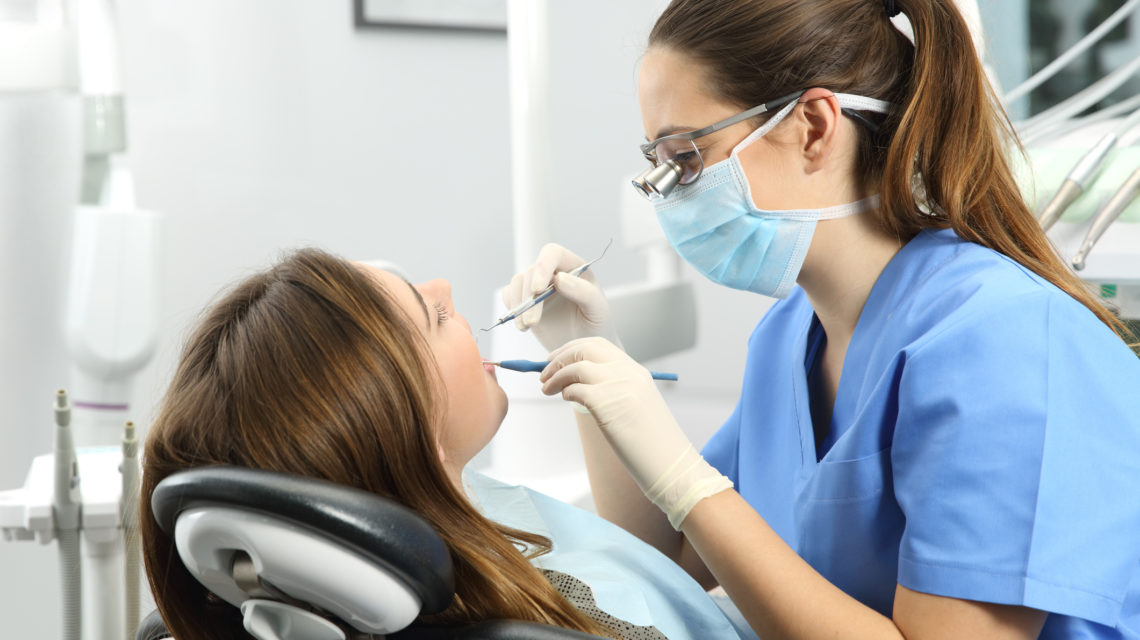Gum disease, otherwise known as periodontitis, may seem like it’s no big deal, but it can cause serious issues with your oral health and your overall health, too.
When left unchecked, gum disease can lead to sore gums, sensitive teeth, receding gums, loose teeth, and tooth loss. Correlations have even been drawn between gum disease and a number of other serious health issues, such as diabetes, heart disease, heart attack, and stroke.
While gum disease can be treated with relative ease in its early stages, more drastic measures must be taken once the problem has advanced. Fortunately, these measures generally prove to be successful and the negative effects of periodontitis can be mitigated.
If you suffer from severe gum disease, read on to learn more about your options for treatment.
Gum Grafts
Periodontitis can lead to gum recession, which in turn can expose the roots of your teeth. When this occurs, you may need to have a gum graft procedure done to cover the roots with healthy tissue.
In this procedure, your dentist will take gum tissue from another part of your mouth — often your palate — and graft it onto the exposed root, which can prevent the root from rotting, gums from receding, and teeth from falling out.
Flap Surgery
Once gum disease has advanced enough, no manner of antibiotic or basic scaling and root planning procedure will be enough to prevent the spread. One of the ways that your dentist can clean out the deeper areas of your gums and attempt to let them reattach to your teeth is through flap surgery.
This procedure involves your dentist pulling back infected gum to clean the area around the roots of your teeth and then sewing your gums back into place. Occasionally, your dentist will also treat affected bone, either through grafting or by smoothing and reshaping it to prevent further plaque growth.
Bone Grafting
When the bone becomes affected by gum disease, your dentist may need to perform a bone grafting procedure in order to help it grow back.
First, your dentist will clean the impacted bone. Next, they will take a healthy bone or a synthetic bone replacement and graft it onto the affected area.
Sometimes, your dentist will also use growth factor proteins that help to stimulate the regeneration of bone and gum tissue. Ask your dentist about the different bone graft procedures in order to determine which one might be best suited to your needs.
Laser Therapy
Modern technological advancements have made the treatment of severe gum disease a lot faster, easier, and less painful. Using laser periodontal therapy, your dentist can target very specific areas of your gums that are affected by periodontitis in order to gain access to your tooth’s root in a less invasive manner.
From there, they can clean out the infected area and smooth out parts of the teeth that collect plaque and bacteria so that further infection is less likely to occur. Laser therapy is not only less painful than other methods, but it also offers much quicker recovery times.
If your gums are in a similar condition then please reach out and Contact-Us for more information or schedule an appointment with a Periodontist near you.


